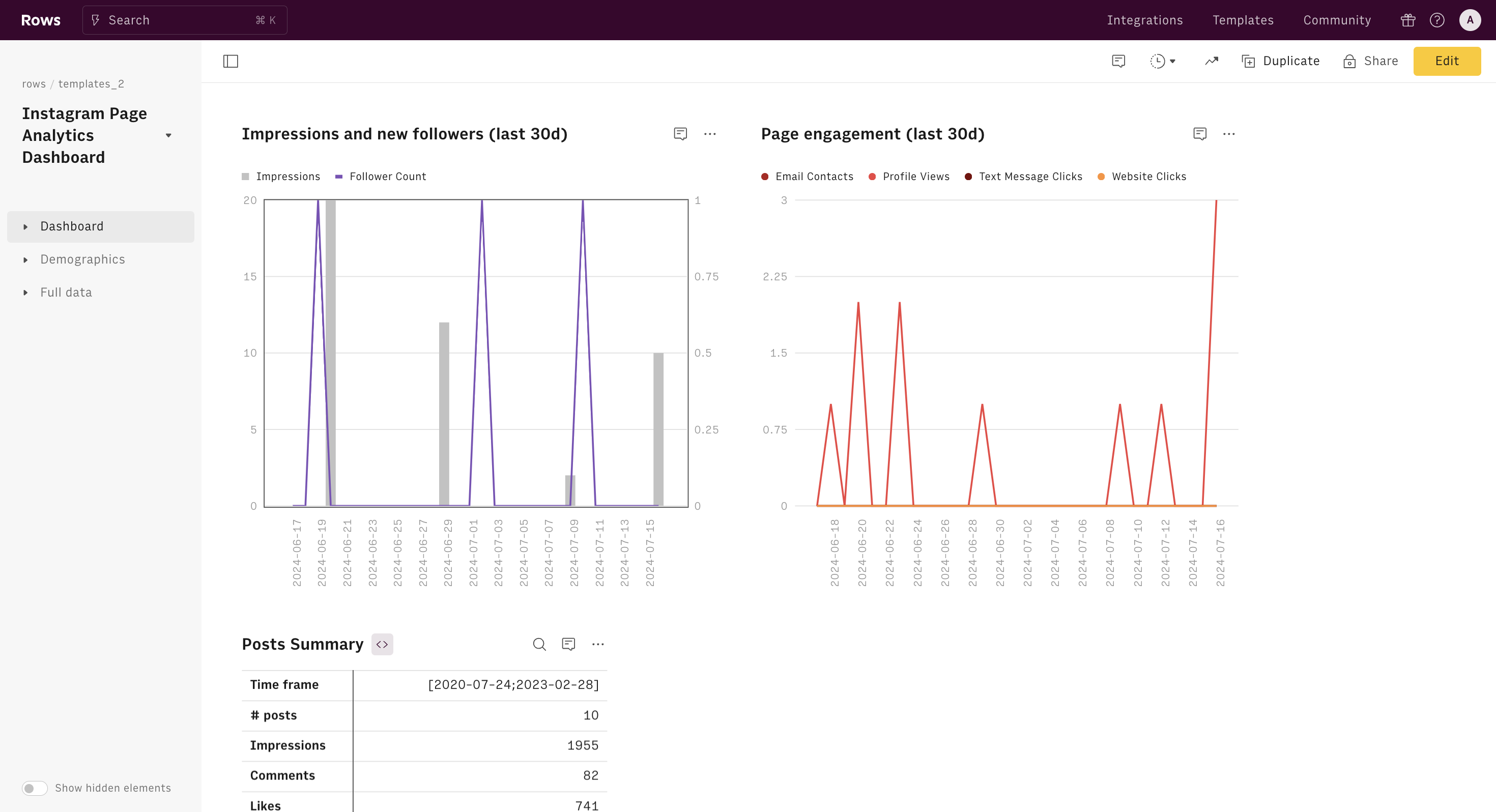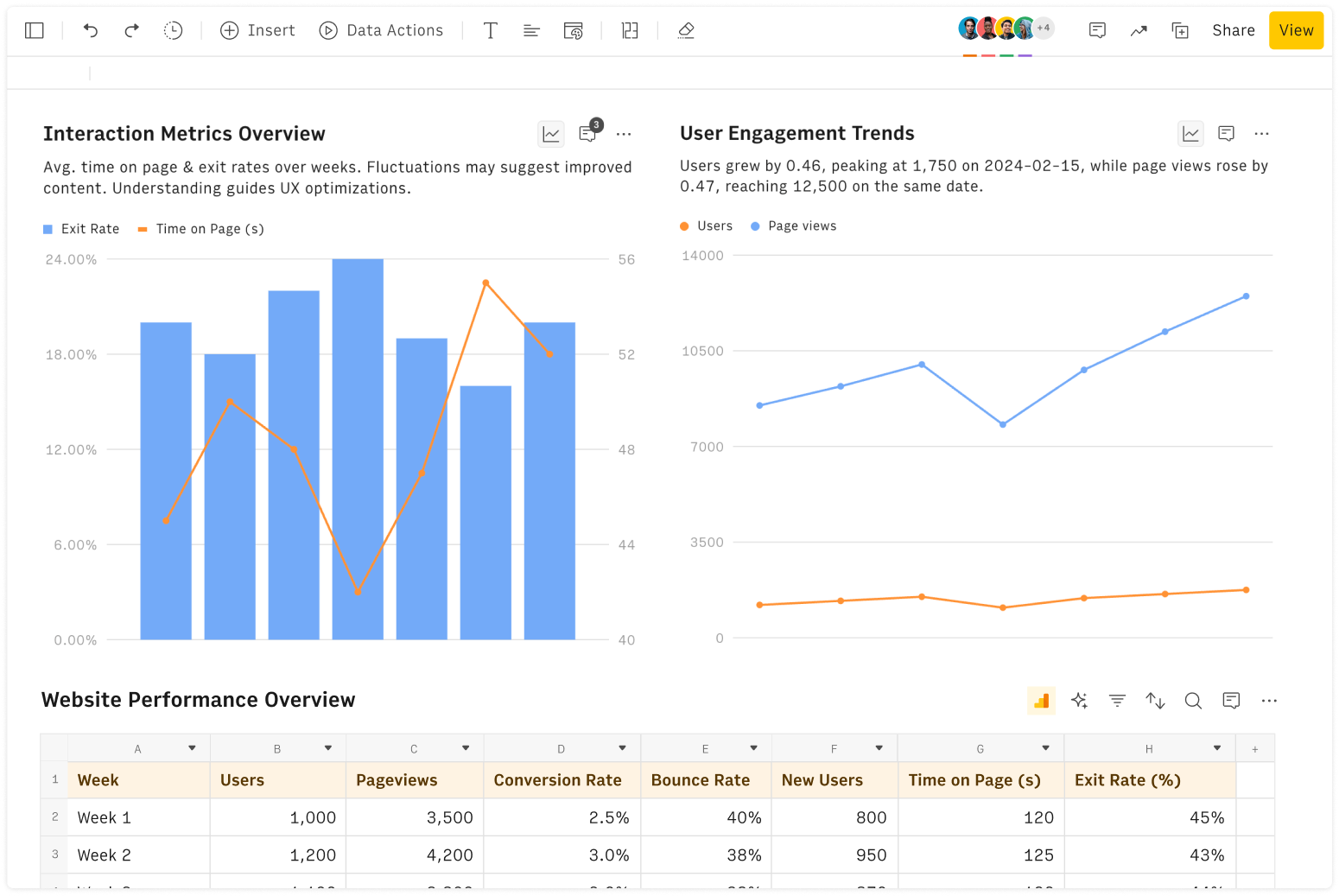What is a JSON Escape Tool and why use it
A JSON escape tool helps you transform JSON objects by adding escape characters where necessary, making it safe to use within a string in your code. This process ensures that special characters like quotes, new lines, or backslashes don't cause errors in JSON parsing. For instance, converting {"name":"John "Doe"} to {"name":"John \"Doe\""} prevents misinterpretation by JSON processors and parsing errors.
How to Use a JSON Escape Tool?
To use this JSON escape tool, simply paste your JSON data into first input field. The tool will process it with the help of AI and provide an output that you can safely use in your application. For example, if you input:
{"info":"He said, "Hello, world!"."}, it becomes{"info":"He said, \"Hello, world!\"."}{"path":"C:\\new_folder\\data.json"}, it outputs{"path":"C:\\\\new_folder\\\\data.json"}{"notes":"Special characters: \n \t"}, the result is{"notes":"Special characters: \\n \\t"}
To solve the task, this JSON Escape tool uses APPLY_TASK_OPENAI, a native AI function from Rows' catalog. Discover more use cases for AI and how Rows leverages AI to level up your spreadsheet game.
Use Cases of a JSON Escape Tool
Using a JSON escape tool ensures that your data remains intact without causing parsing errors or unintended code execution. It is particularly useful in web development scenarios, such as making API requests, where JSON data is frequently passed between client and server and must be correctly formatted to avoid errors.
The most common use cases for escaping JSON include:
Web Development: In web development, JSON is frequently used to exchange data between a client and a server. When data contains special characters, it must be escaped to prevent errors in JavaScript code execution. For example, when a user inputs text into a form that is then converted into JSON format, escaping ensures that characters like quotes and backslashes are handled correctly.
API Integration: APIs often return JSON data that includes special characters, particularly in fields containing free-form text. Before processing this data in a client application or storing it in a database, using a JSON escape tool helps prevent parsing errors and maintains data integrity.
Database Logging: Storing JSON data in databases requires that the JSON strings be correctly escaped to prevent SQL injection attacks and syntax issues. For instance, when logging error messages or transaction details that are formatted as JSON, escaping special characters ensures the logs are readable and secure.
Configuration Files: Many applications use JSON for configuration settings, which may need to include file paths or instructions with special characters. Escaping these characters ensures that the JSON configuration files are parsed correctly without causing errors in the application.
Data Serialization: In scenarios where JSON data is serialized for storage or transmission, ensuring all special characters are escaped prevents issues when the data is deserialized or read by different software or platforms, thus enhancing cross-compatibility and reliability.
Common Issues with JSON Escaping
Sometimes, developers face issues like over-escaping where escape characters are unnecessarily duplicated. This can lead to confusion and errors in data processing. Understanding when and how much to escape requires careful consideration of the context in which the JSON data will be used.







